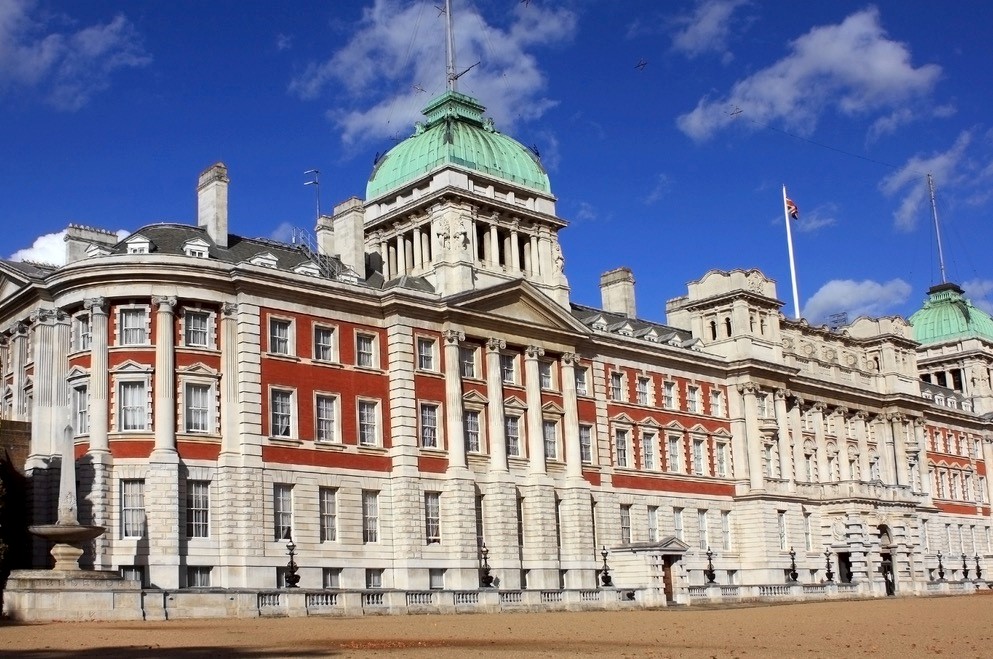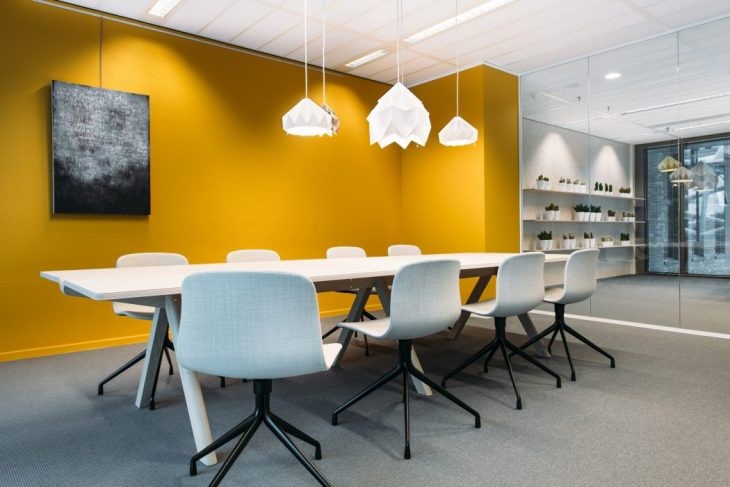Today, offices are full of technology and computers, where meetings can be held instantly with people in other countries, thanks to the power of the internet. Of course, offices were once places of simple chairs and tables with typewriters, pens and paper. An office is where administration takes place and perhaps a meeting is held to discuss business strategies so that an established office will reflect whatever the nature of the business is.
Hundreds of years ago, the royal administration was taken over by the Chancellor. The law was written by hand and hundreds of pigeonholes were used to store parchment. Imagine the level of organisation and time this involved!
During the Industrial Revolution, due to rapid growth, the first office space began to emerge. The first designated office building in England was built in 1726. It was a 3-story brick structure called the Old Admiralty. The 18th and 19th centuries saw many rapidly developing industries, for example, railroad, petroleum, retail and banking. Offices were developing as a recognised workplace. In 1729, one of the first London offices to be built was established and home to the famous East India Company.

Steel and Iron are now used in construction, which means we can build higher and bigger than before. The Brunswick Building is another specially made office block made in 1841. The elevator was invented in 1852 making it easier to explore these larger buildings. So, offices as we know them today have their roots in the Middle Ages but grew significantly during the Industrial Revolution.
Just as we can now work from almost any place with a laptop, tablet or telephone and wi-fi connection, it’s not so different in the past in that people are still accustomed to feeling permanently tied to their work. That’s why many companies are providing time-out and relaxation zones in their office designs. Get help with your next office redesign with an Office Fit out Company like https://mobiusatwork.co.uk/

The 19th century witnessed the start of mass-produced office desks. Previously, a table had been created to meet certain individual needs. Bespoke commercial tables are still a popular choice in modern offices. The widespread introduction of typewriters also meant that the table was forced to adapt once more. Steel tables are common because of their ability to withstand heavier workloads and constant typewriter beats. L-shaped tables are often used to provide space for typewriters and documents and correspondence.
There are similarities between office work today and how it has been for the past 200 years. If you want to find out more about the history of the office, there is an online Early Office Museum engaged in the fascinating research on the history and evolution of offices, antique office machines, vintage photographs, and business technology.
